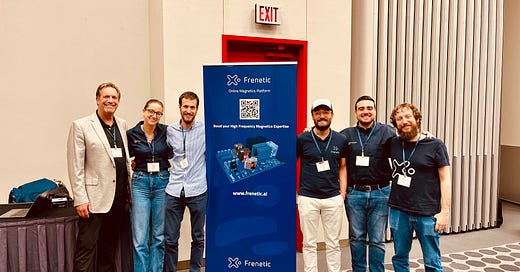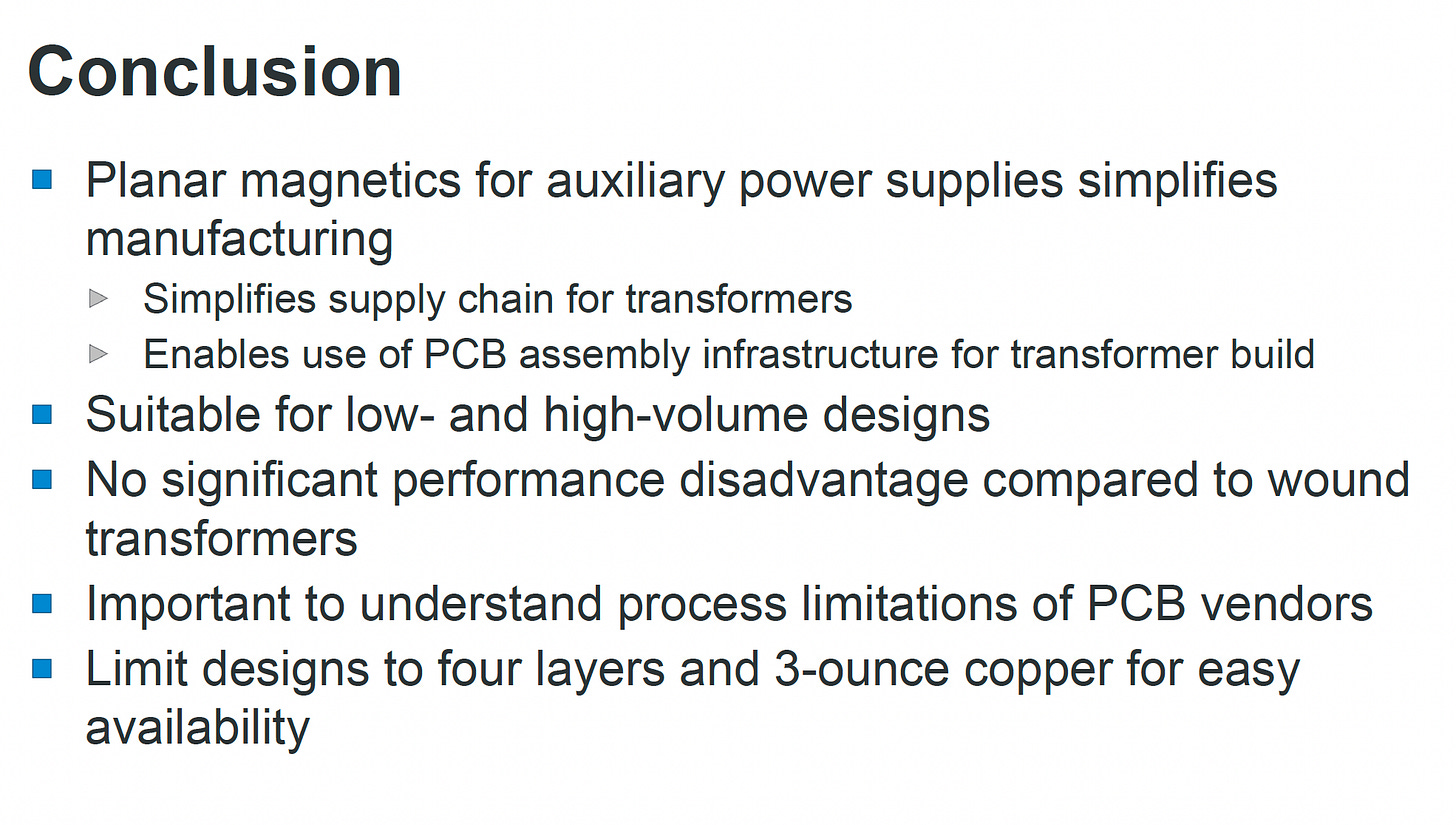👋 Hello! Dr. Molina here! 👨🔧
🤗 Thank you for reading and welcome to the show my Newsletter.
I’m Founder and CEO at Frenetic, where we train and create Great Magnetic Engineers 🚀.
Today I’m going to share a brief summary of the Magnetic Workshop of PSMA at Houston, TX.
Before the Workshop…We have a product, it’s called Frenetic Online and we are launching a new release on the 1st of April. We will increase prices because we have included new features which will boost your design speed. The price will be the same until the 1st of April. You can take a look at our new Home in the Pre-launch version (beta).
Annual Contract of Frenetic Online includes:
Magnetic Design Training Program-
4 Video Sessions
Bonus Sessions from known Speakers of the Industry (Bob White and others)
One-to-One Sessions
Specific Guided Design
Online Magnetic Simulator- You can work with your peers on designs and share them.
Advanced Engineer Support - Magnetic Experts will collaborate with you to get the cost/effective magnetics, verifying the thermal and manufacturing process.
Samples - 4 samples/year of different designs.
Magnetic Workshop 2022
In the morning session, the main topic was the impact of different shapes and sizes on the core losses and verification of core loss measurements methods.
Juan Aguaron (From Frenetic) opens the session talking about core loss measurements. He is part of the Artificial Intelligence team at Frenetic and he presented a method called TPT, which consists of applying a triple pulse (See Figure 1) to an inductor in a Half-Bridge circuit, adding an additional winding.
This method was originally published by Bristol University, which is part of this investigation. This work is very promising because these measurements will be used to train an Artificial Intelligence model, which will allow us to get very accurate losses for very different core shapes. In this conclusion slide, Juan explains his Road Map.
After Juan’s presentation, Prof. Charles Sullivan make his Keynote. Very interesting as usual. He reviewed a lot of topics but I’m going to point out one specific experiment. He measured the impedance of two toroidal with the same area, one with a solid core and another one with stacked cores. The result is:
Stacked cores present much better impedance at high frequency, improving EMI performance.
I didn´t meet Prof. Alex Hanson, from the University of Texas at Austin before however, He surprises me as a very good speaker and teacher. I liked his presentation and his way of teaching the Myths of Magnetics, I’m sure his students are very happy with him. This is the list of myths he showed.
Myth 1: Test Winding Loss with No Core (Classic intuition for measuring Rac…don´t do that)
Myth 2: Separate Conductors to Reduce Proximity Effect loss
Myth 3: Foil on toroids for better conduction area
In the Panel of discussion of Alex, Charles, JC, and Juan, there were several comments about Frenetic and Simulation tools. They commented about the need of educating engineers in using new tools and technologies for Magnetic design. I couldn´t be more agree with this. I usually find very smart engineers looking for training and learning about magnetics. This is the reason why we have launched a Training Program for Magnetics (For more info, just write to me).
In the afternoon session, George Slama gave us another great lecture (I’m a fan of George’s lectures). He talked about reliability and process for manufacturing magnetic components. He explain a specific case for avionic applications which took him 1 year due to all the tests and verifications about the corona test and operational life test following the standard MIL-PRF-21038, which consists of keeping the component working with temperature changes during 12 weeks.
In the Q&A, most of the speakers agreed that they need 3 iterations for completing a magnetic design. The time needed was not clear, however, due to their comments I assume most manufacturers will need a year to complete a design.
Finally, I would like to comment on the presentation of Vladimir Alexiev, from Power Integrations. This is the kind of presentation I miss more in this workshop. The true application of theory. Vladimir presented 4 different transformer designs for a 10 W Flyback converter. Three of the designs are planar and one is wounded.
The Figure below shows the comparison between the four designs.
Here we can see some pictures of his prototypes.
Some conclusions are shown in this slide. It’s interesting to note the lower efficiency of the planar design (up to 4% of the difference).
There were around 150 attendees to the Workshop (Capacitors and Magnetics) and we ended with a Rap Session, where I was a panelist and it was fun. APEC started Sunday.
That’s all for today. If you have found this newsletter interesting, please, share it with your friends.
Sincerely,
Chema 👋












Thanks for this nice summary and interesting post on the start of PSMA event!